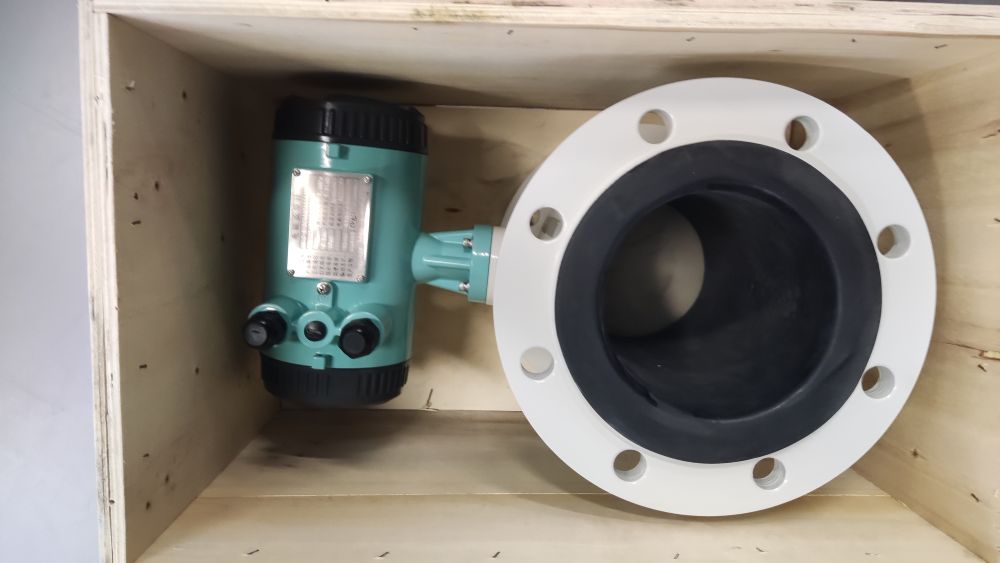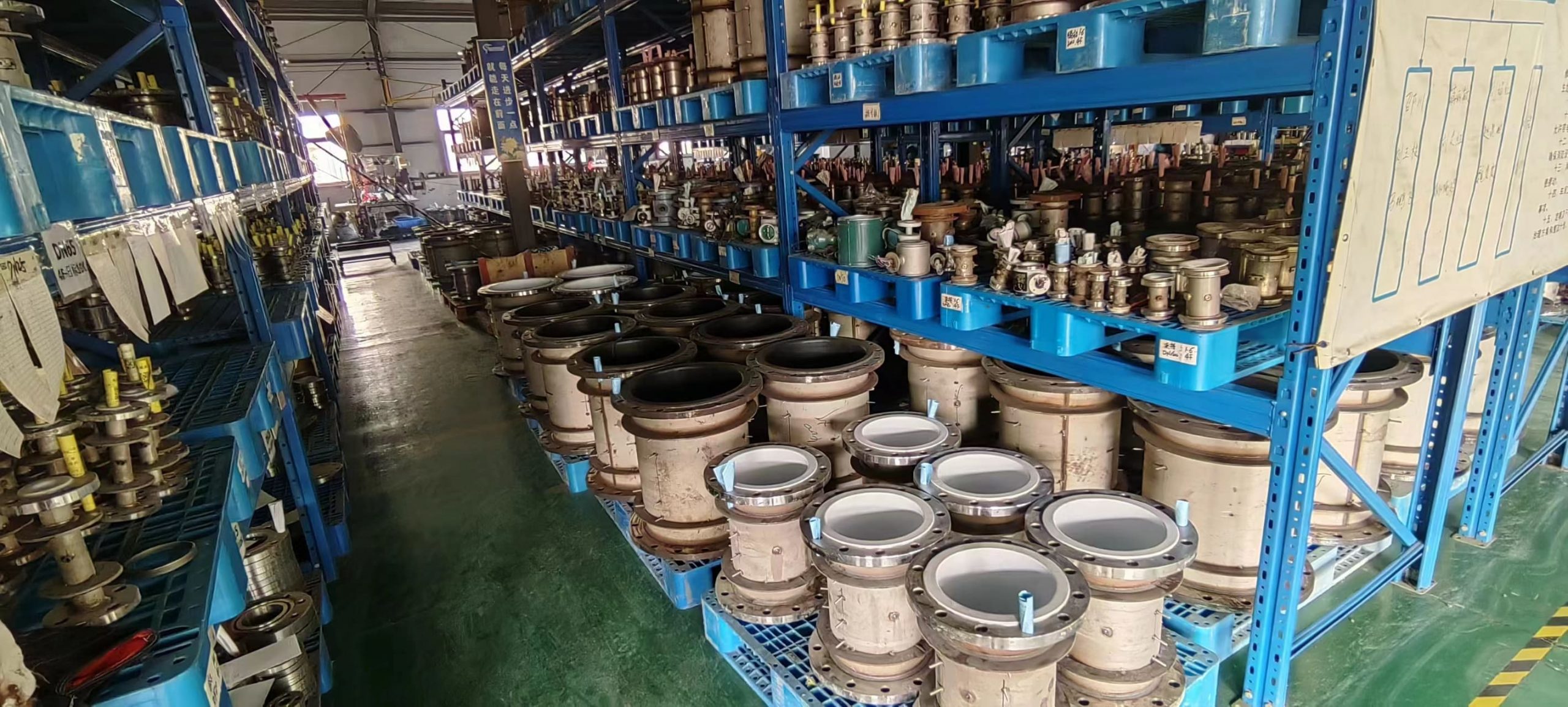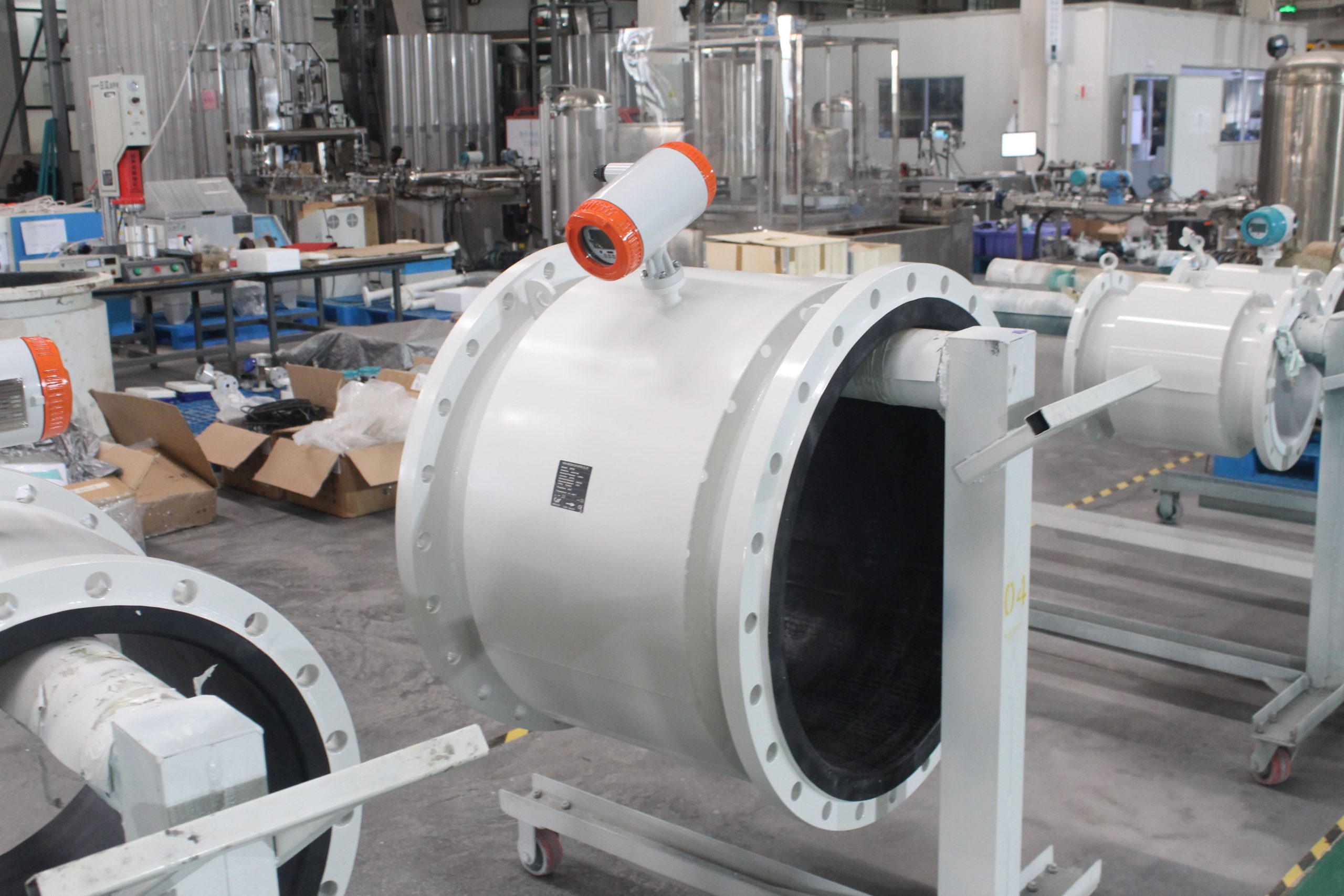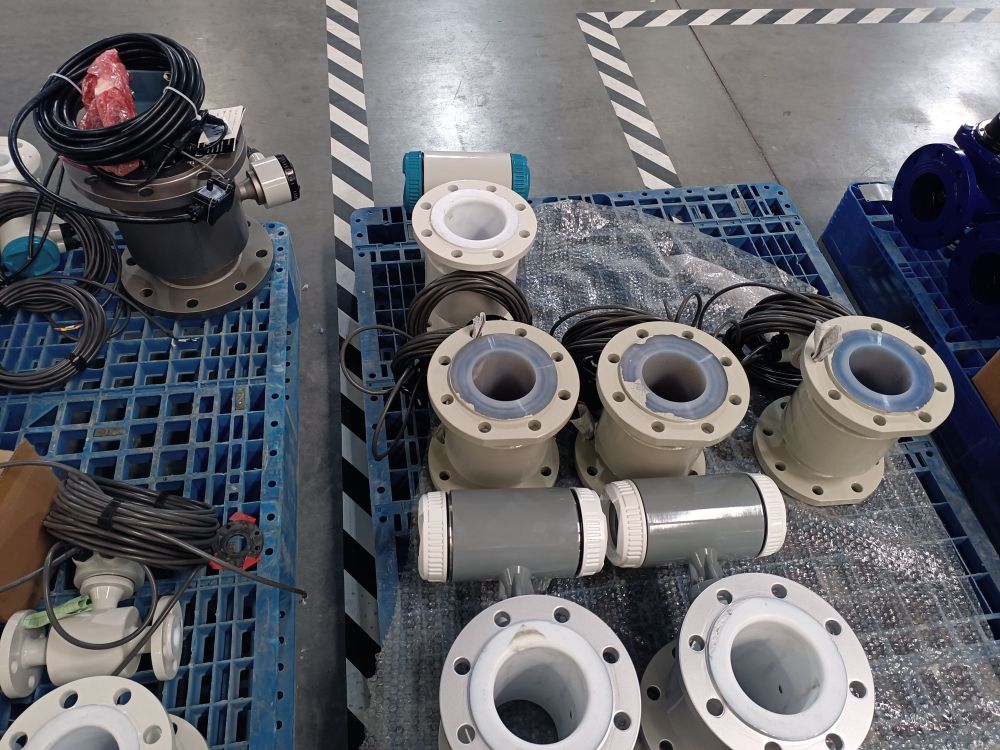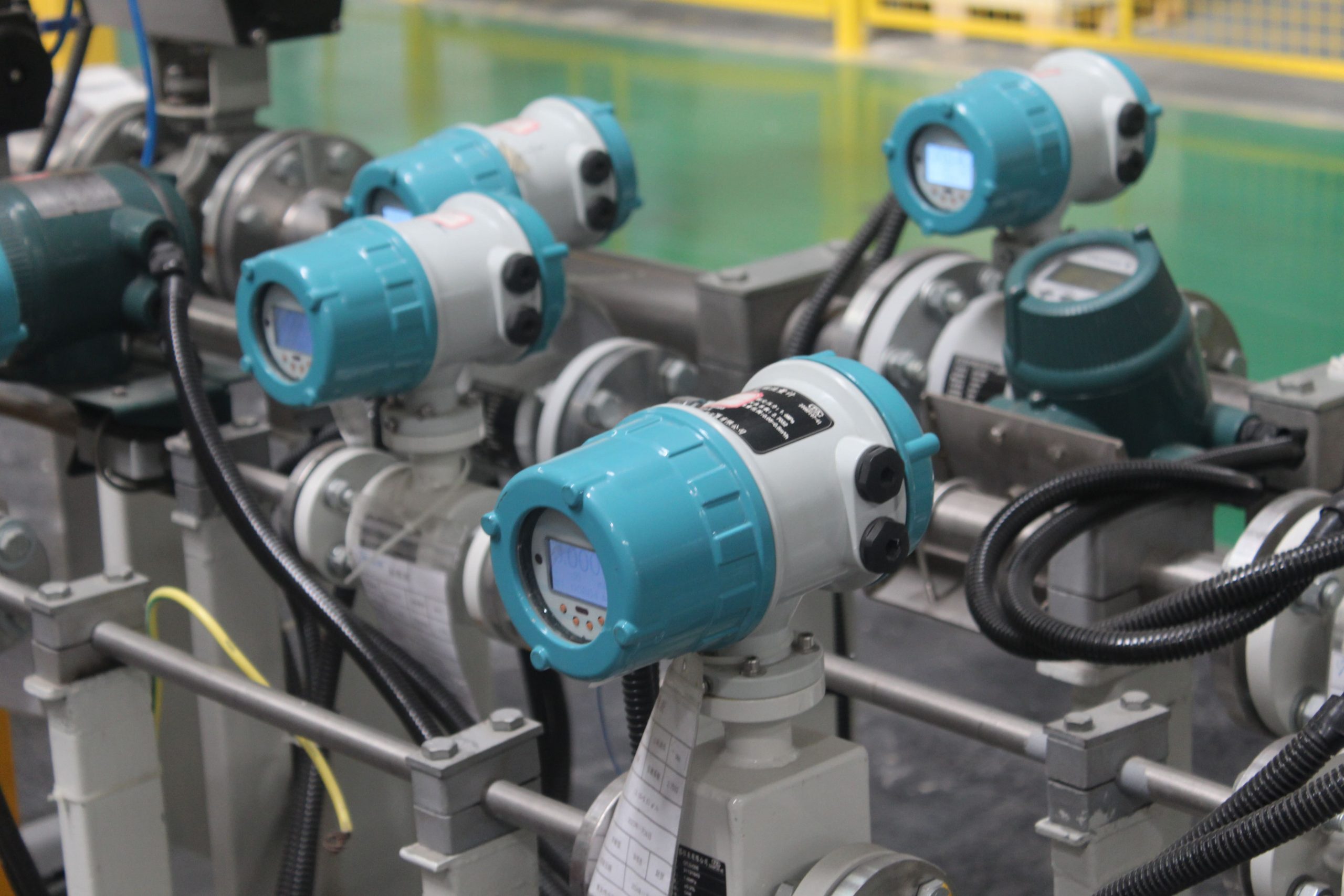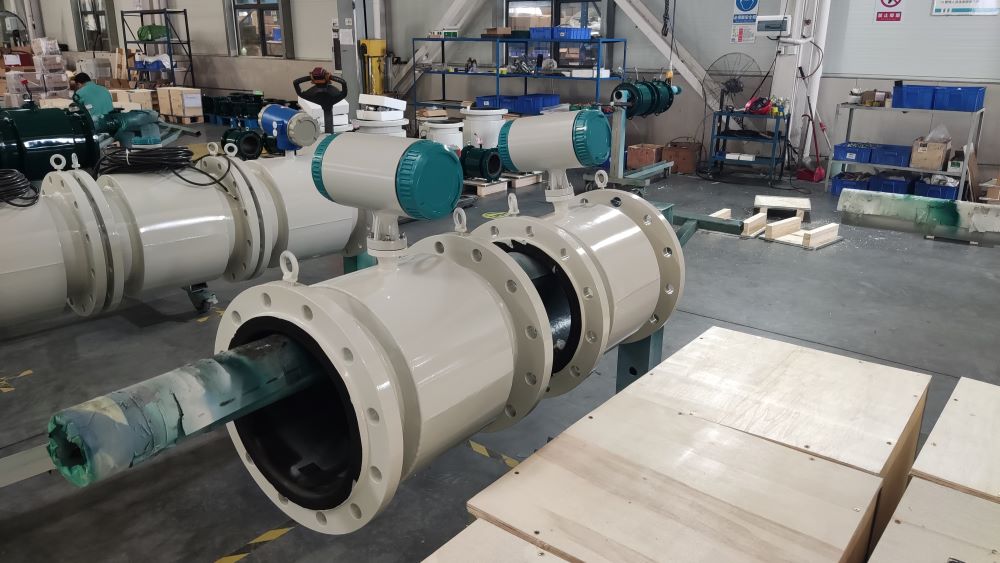How to change the direction of the converter of an electromagnetic flowmeter
The measurement principle of the electromagnetic flowmeter is Faraday’s law of electromagnetic induction. It is an instrument that measures the flow of conductive fluids based on the induced electromotive force when the conductive fluid passes through an external magnetic field.
The measurement principle of the electromagnetic flowmeter is Faraday’s law of electromagnetic induction. It is an instrument that measures the flow of conductive fluids based on the induced electromotive force when the conductive fluid passes through an external magnetic field. The main components of the sensor are: measuring tube, electrodes, excitation coil, iron core and magnetic yoke housing. Electromagnetic flowmeters are mainly used to measure the volume flow of conductive liquids and slurries in closed pipelines, including strongly corrosive liquids such as acids, alkalis and salts.
Electromagnetic flowmeters are widely used in industries such as petroleum, chemical engineering, metallurgy, textile, food, pharmaceuticals, and papermaking, as well as in fields like environmental protection, municipal management, and water conservancy construction.
How does an electromagnetic flowmeter change the direction of the converter?
The change in the direction of the converter box of the integrated flowmeter
1) Remove the four hexagonal screws that fix the converter box.
2) Rotate the converter box to the desired direction and pay attention to the internal connecting wires when rotating.
3) Re-fix the converter box.
2. Change in the direction of the junction box of the split-type flowmeter
1) Remove the four hexagonal screws that fix the junction box
2) Turn the junction box to the desired direction and pay attention to the internal connecting wires when rotating
3) Re-fix the junction box.

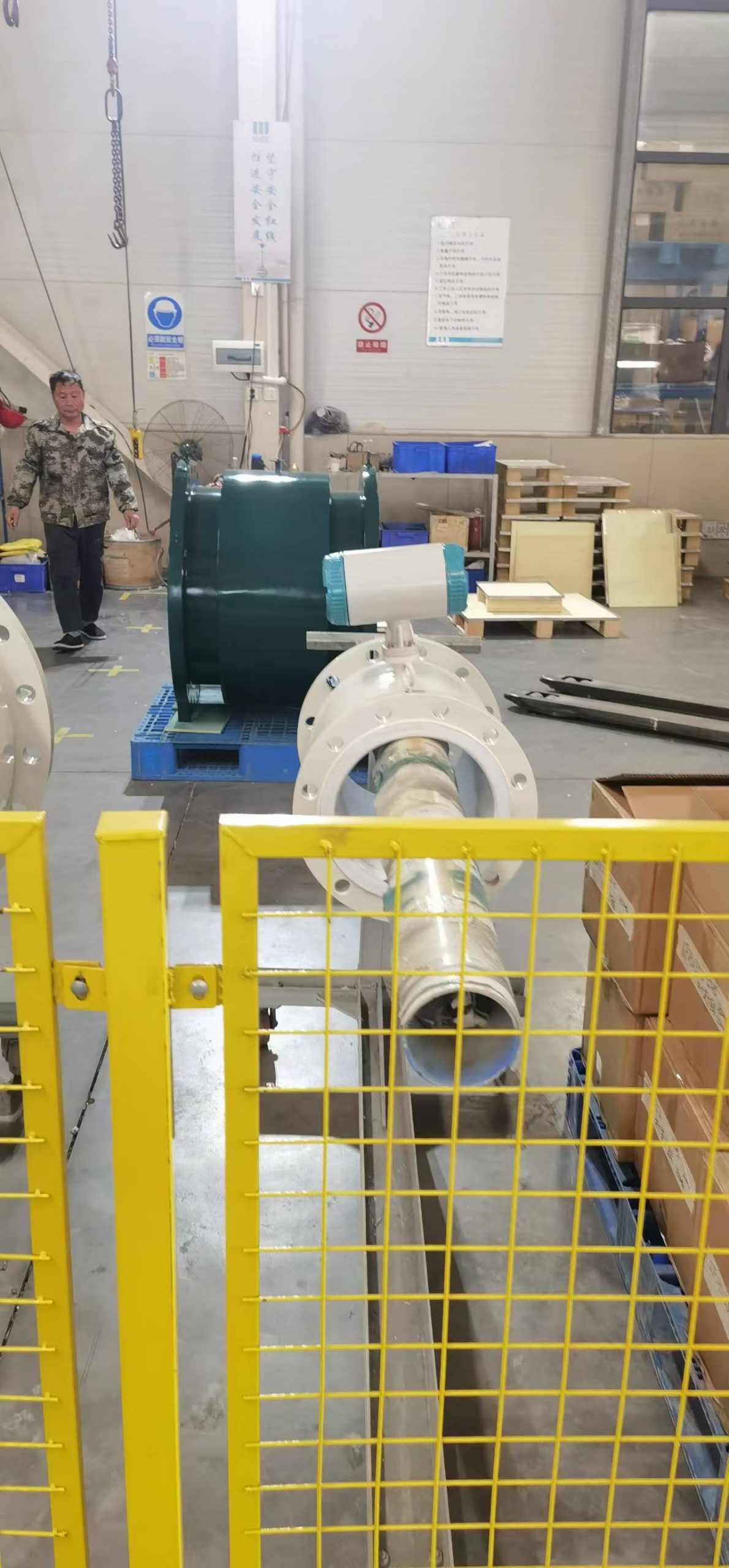
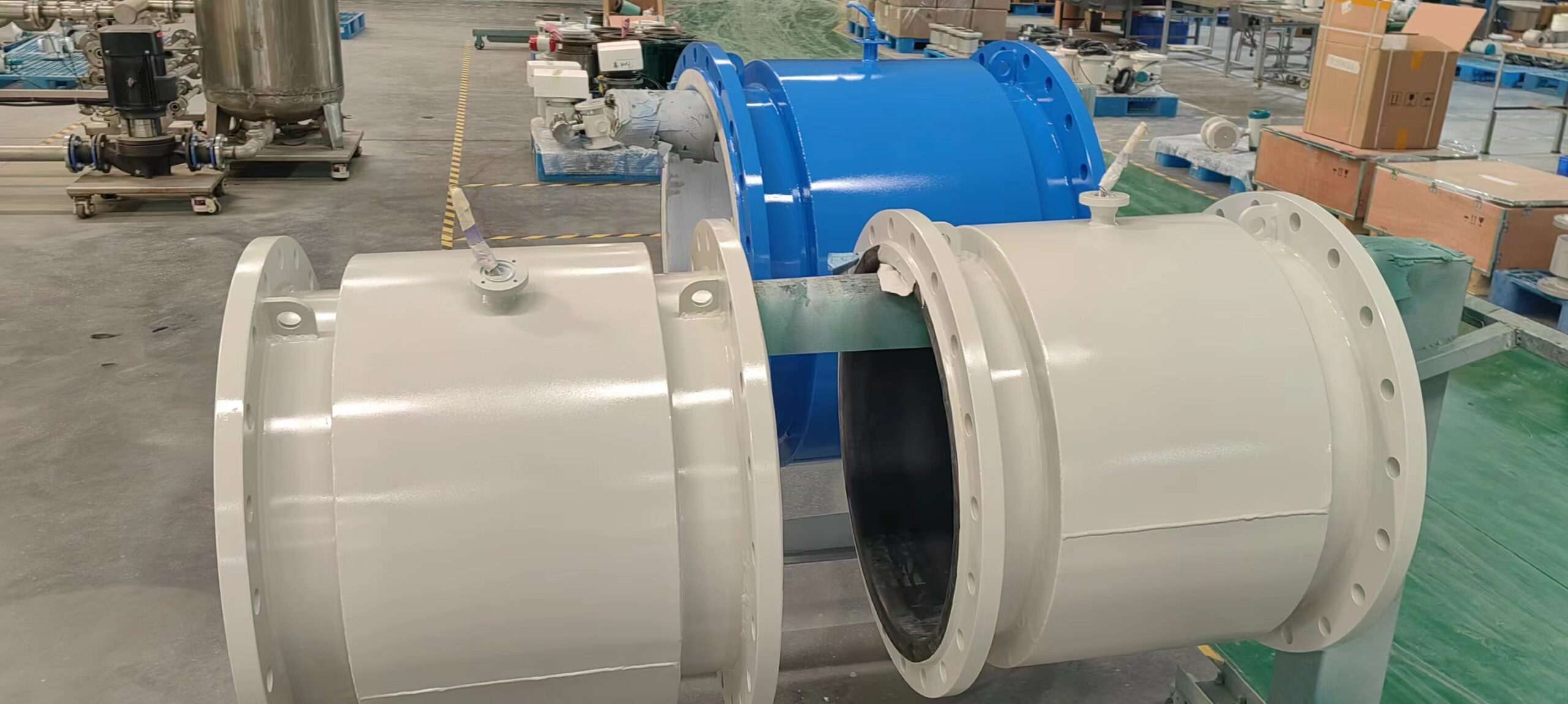

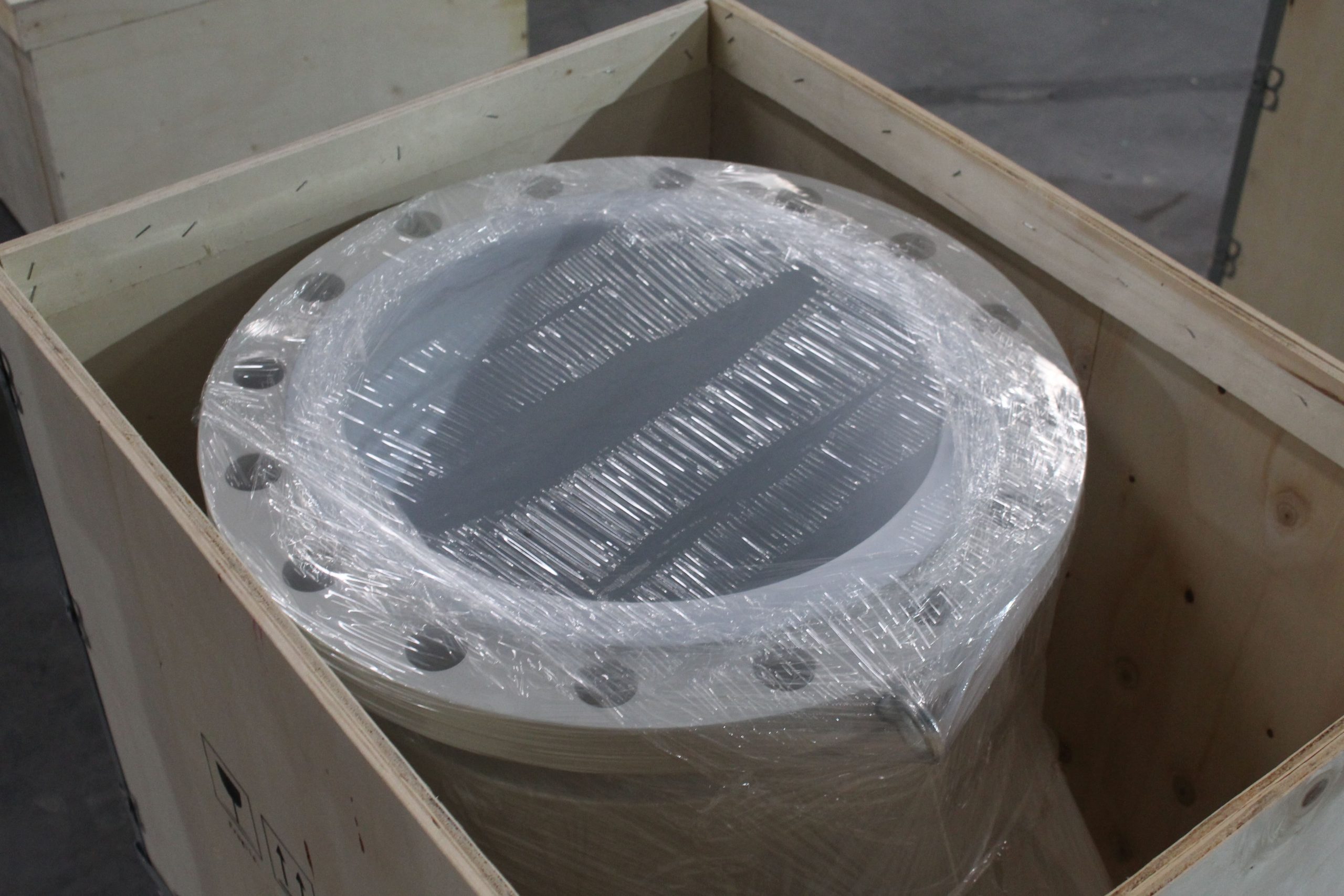

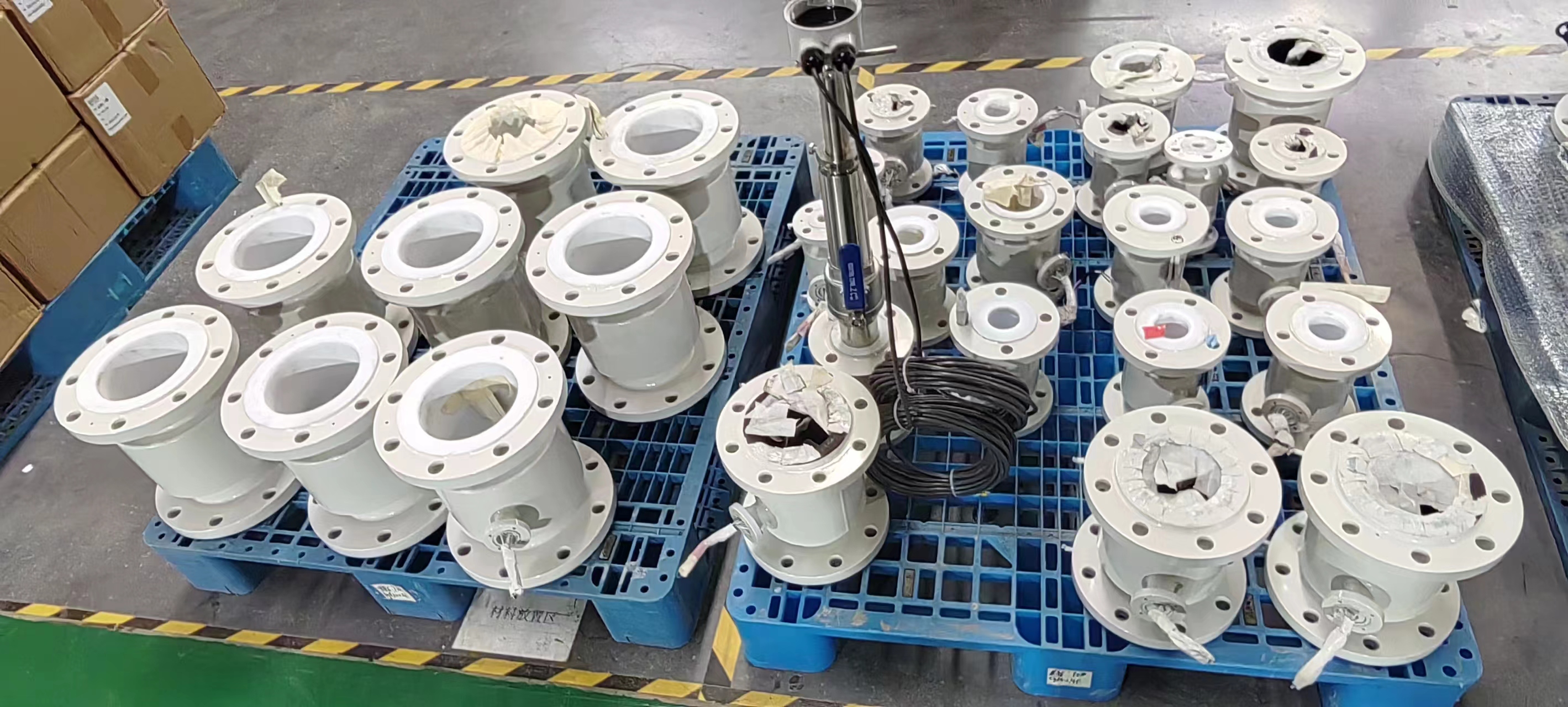
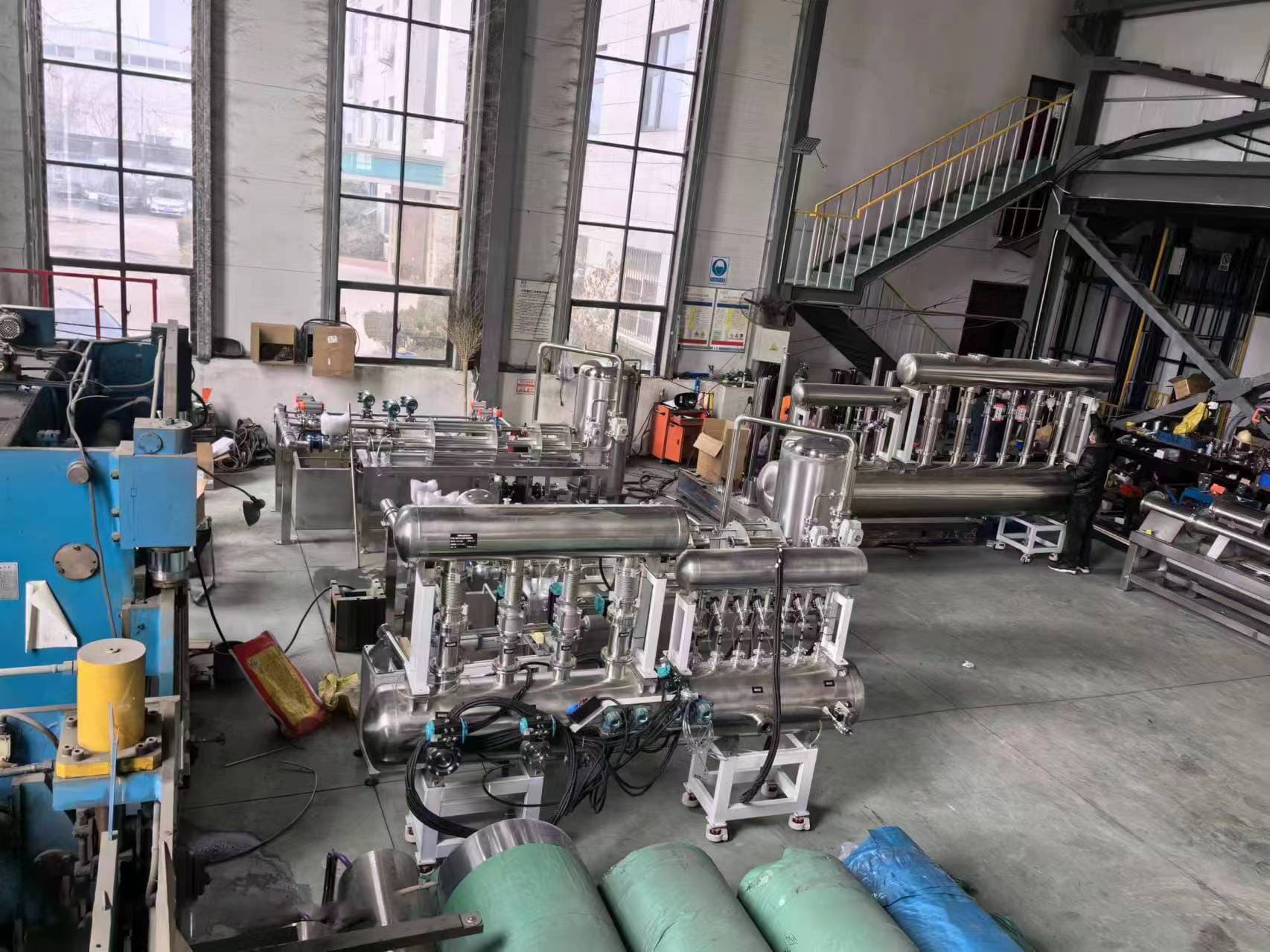
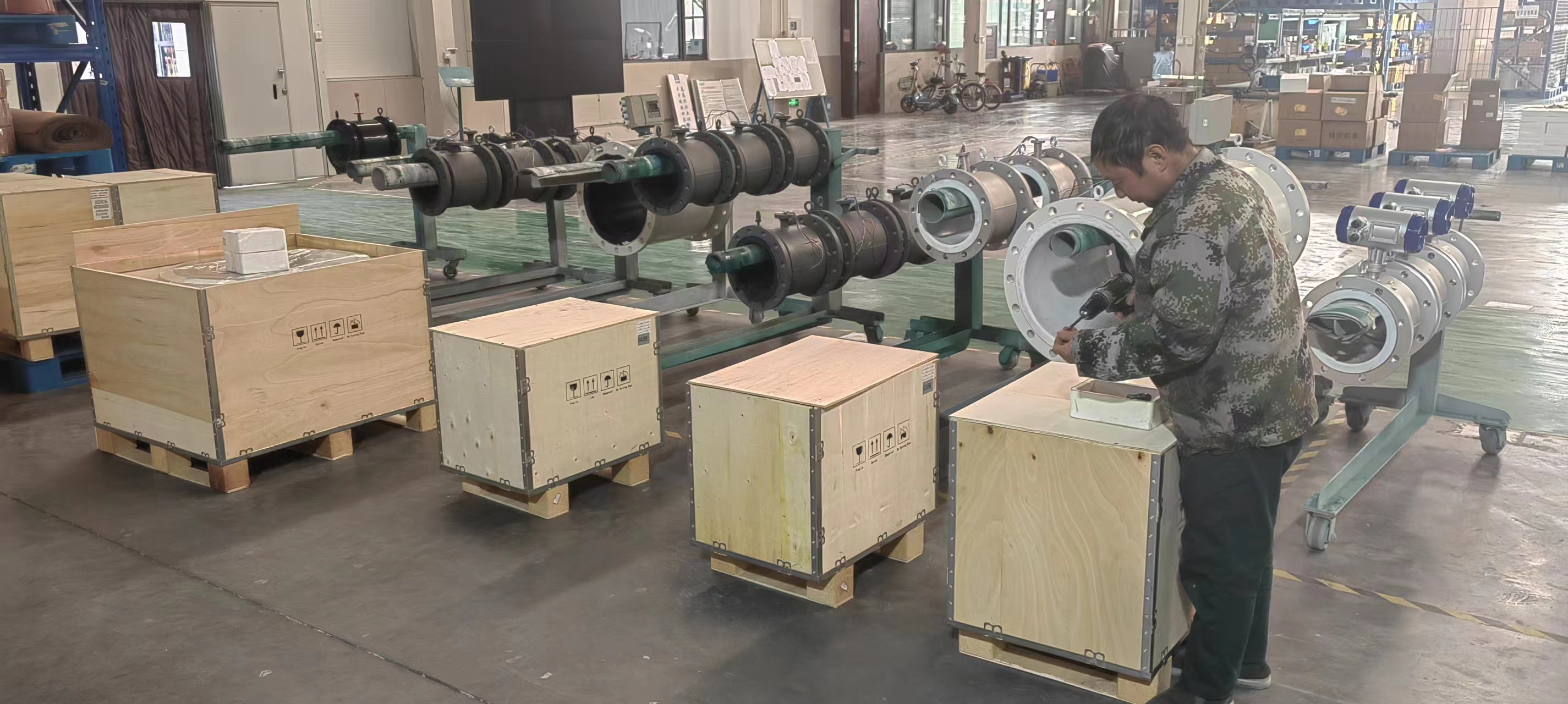
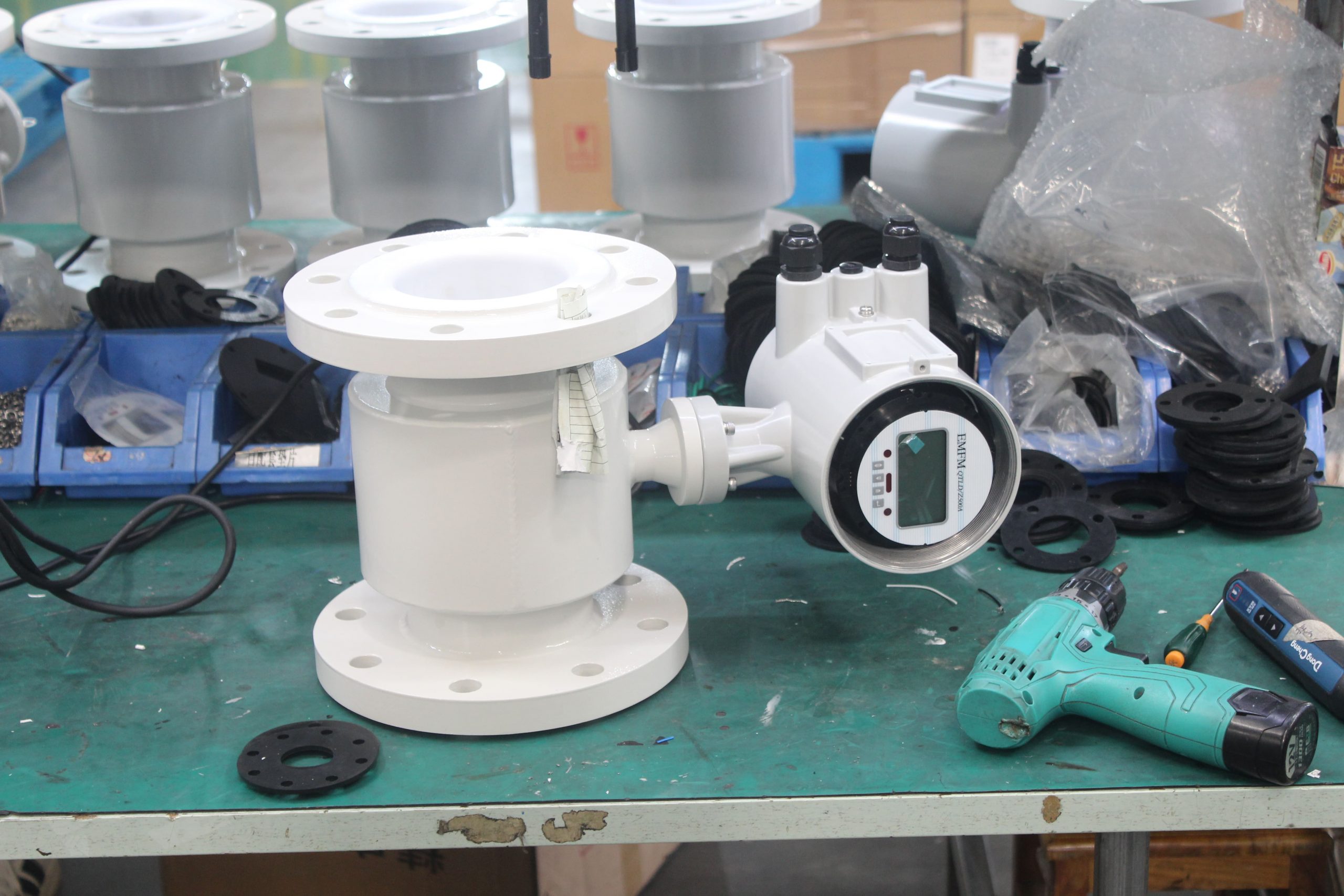
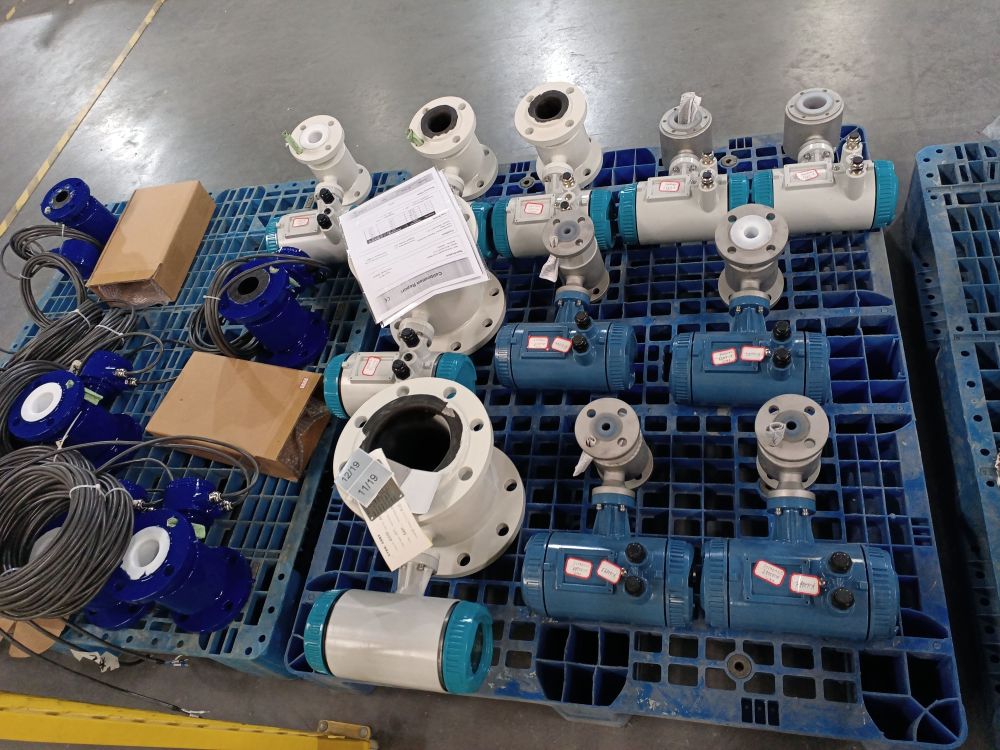
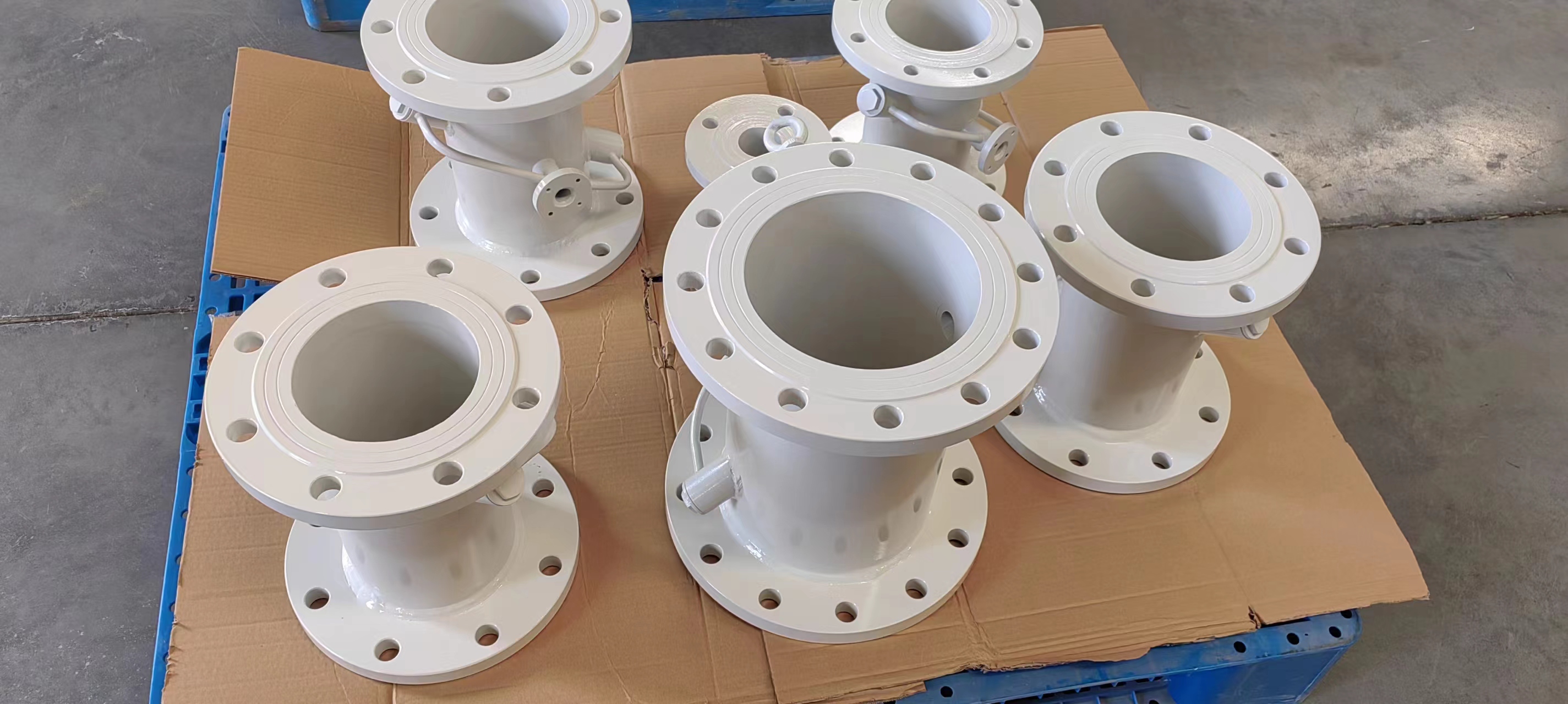
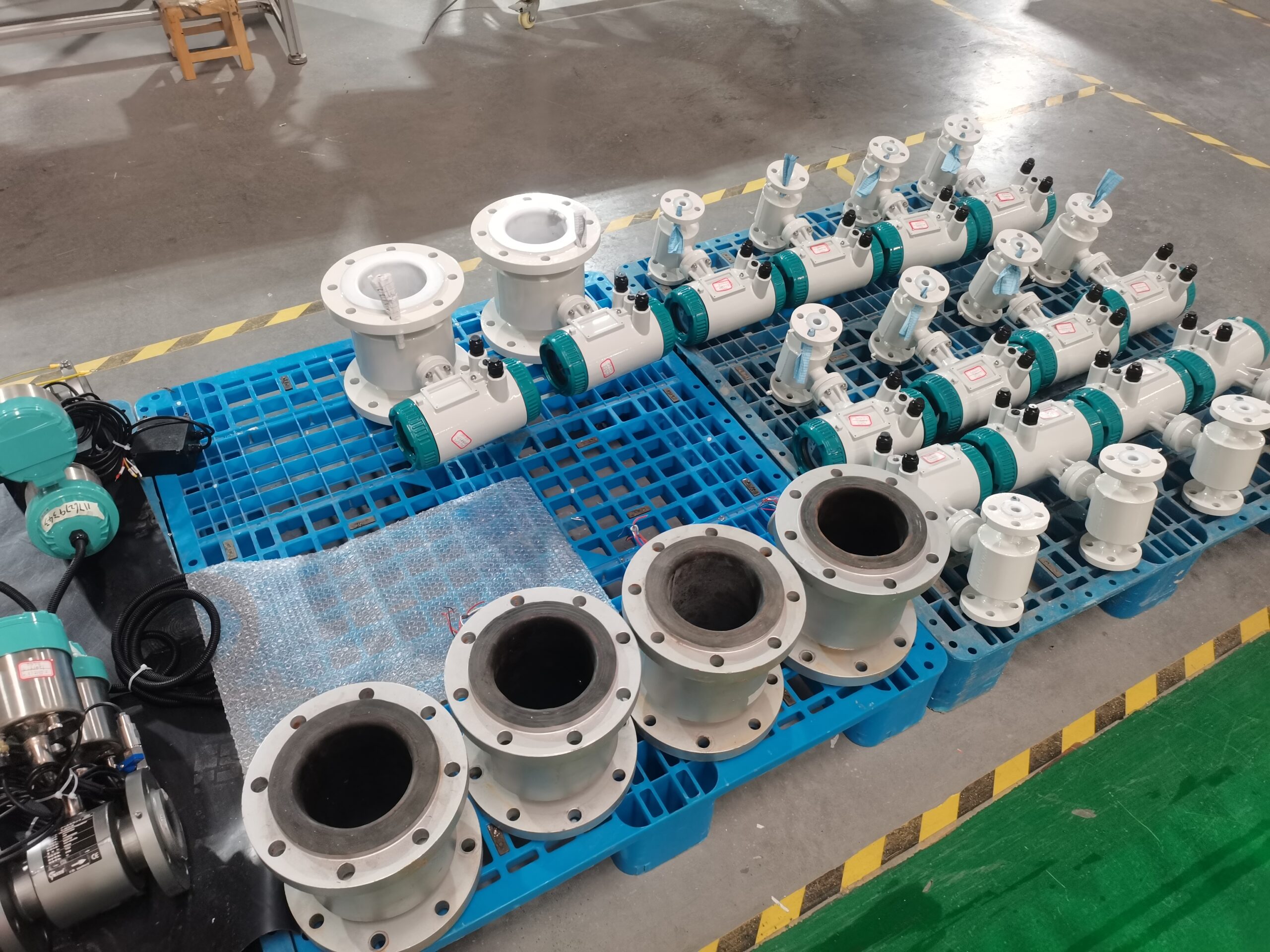
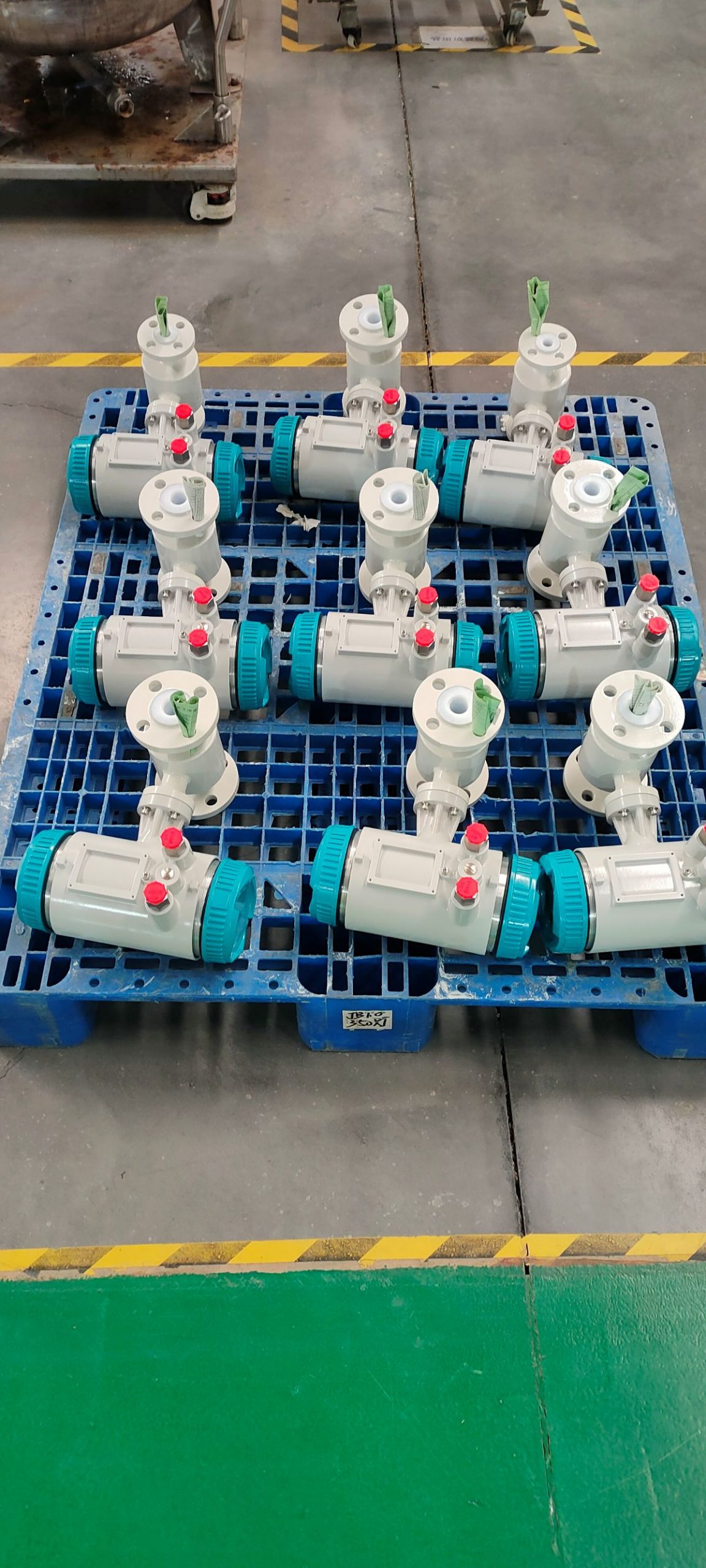
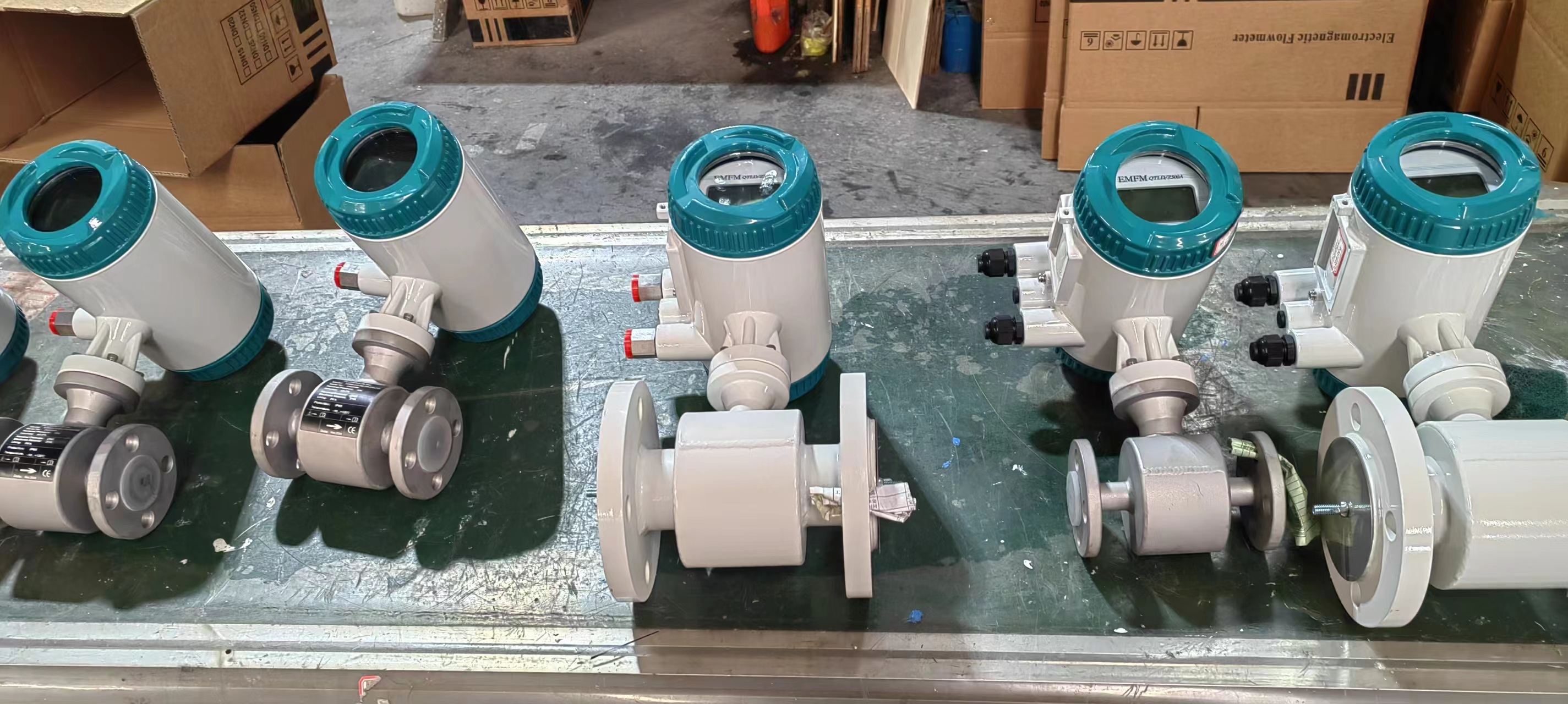
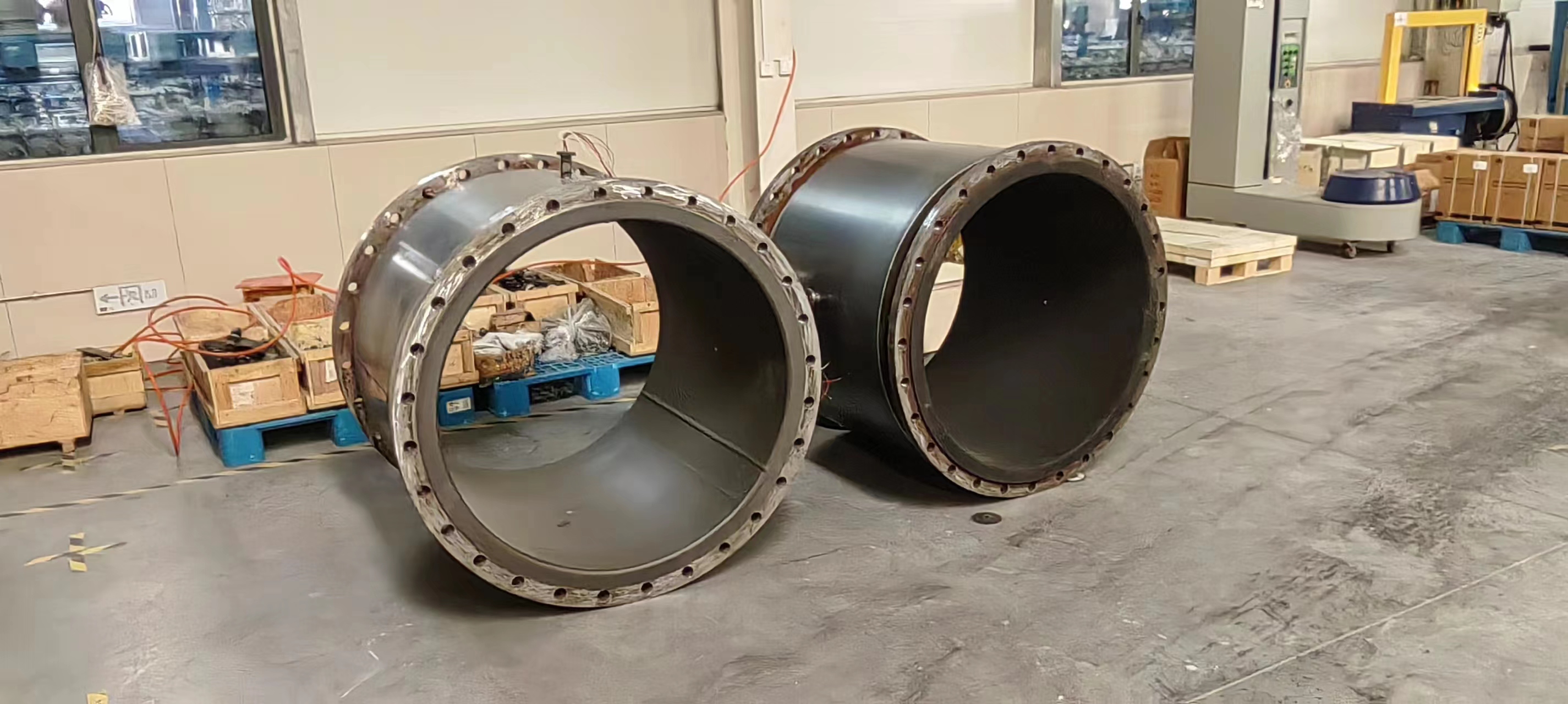
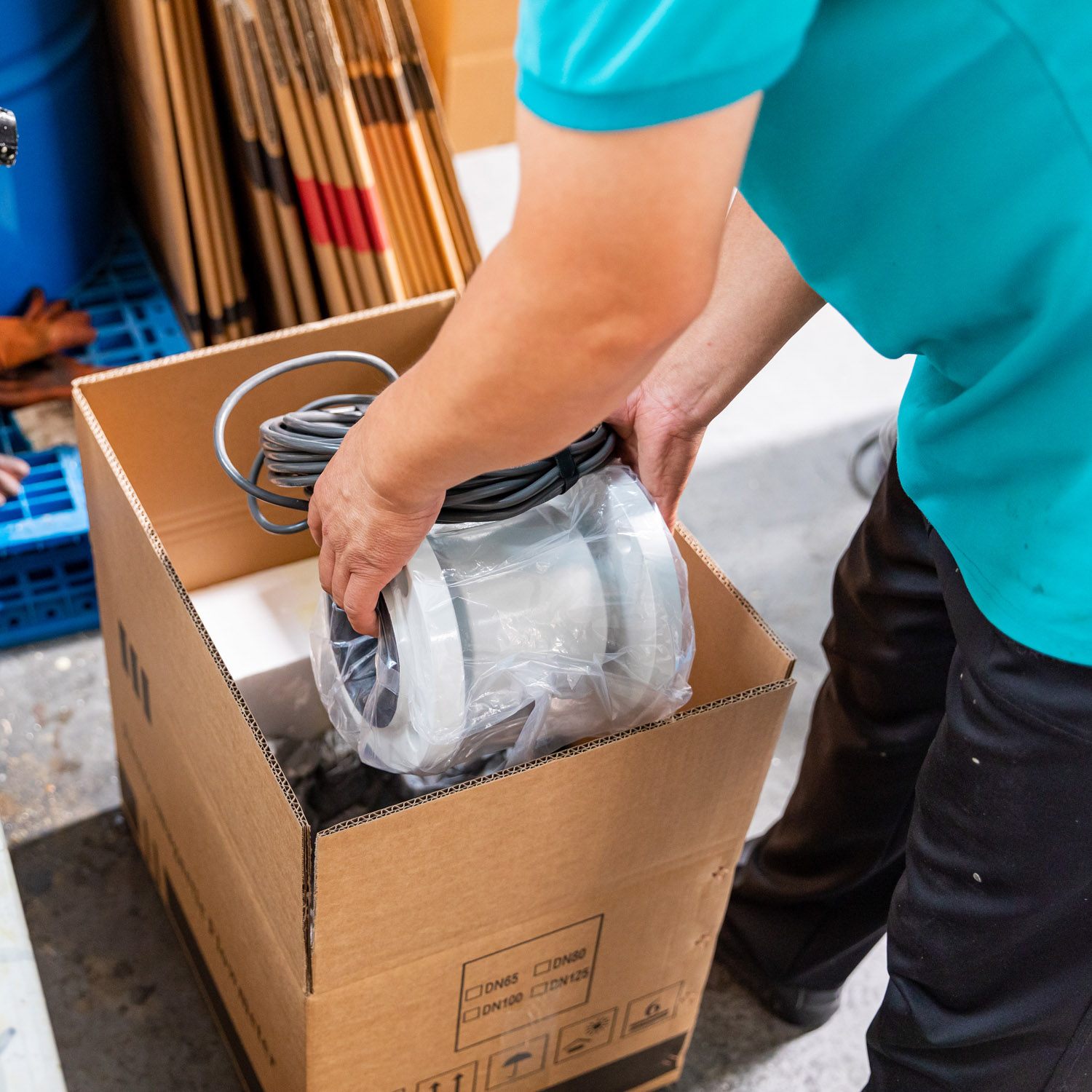
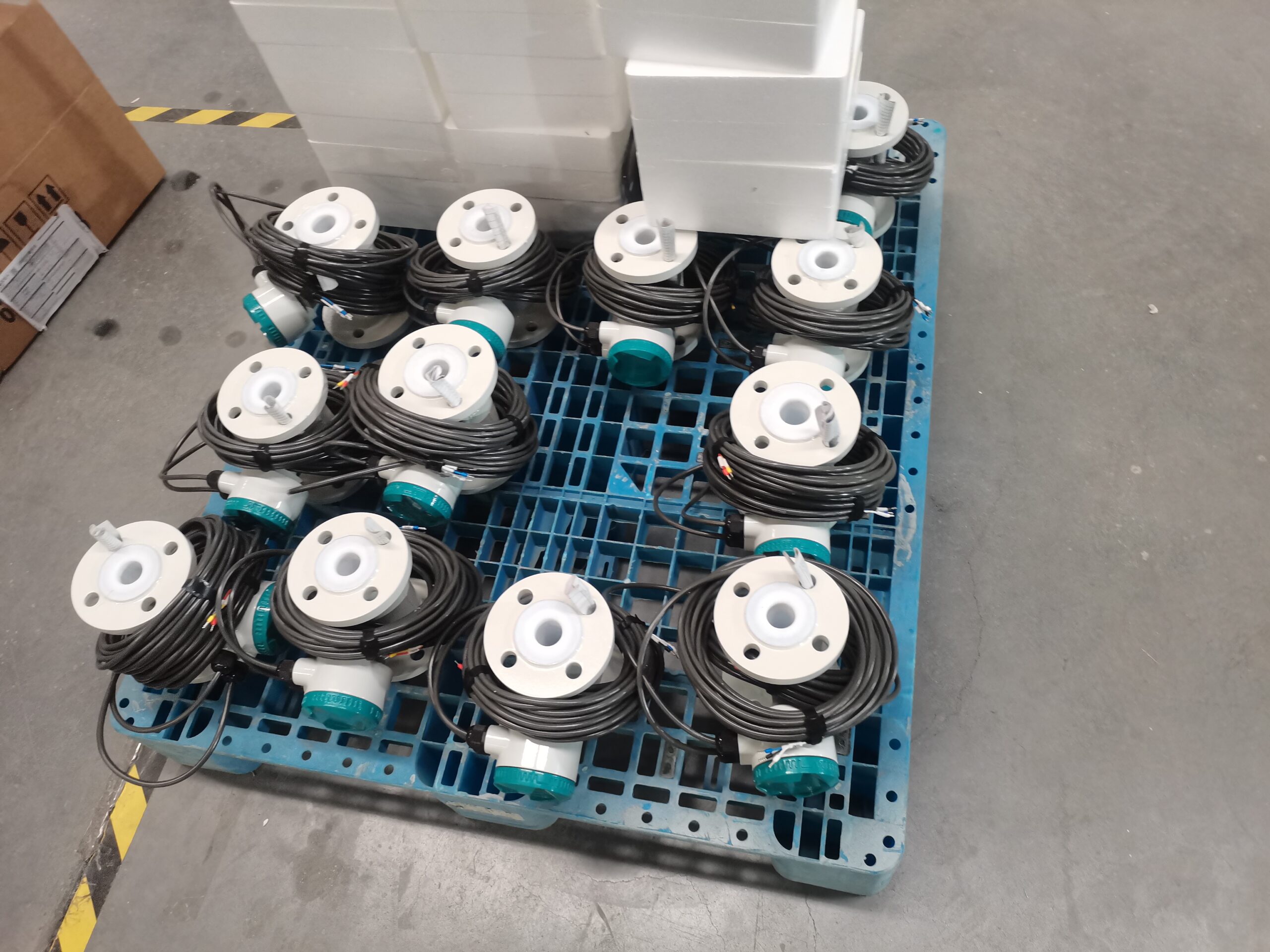
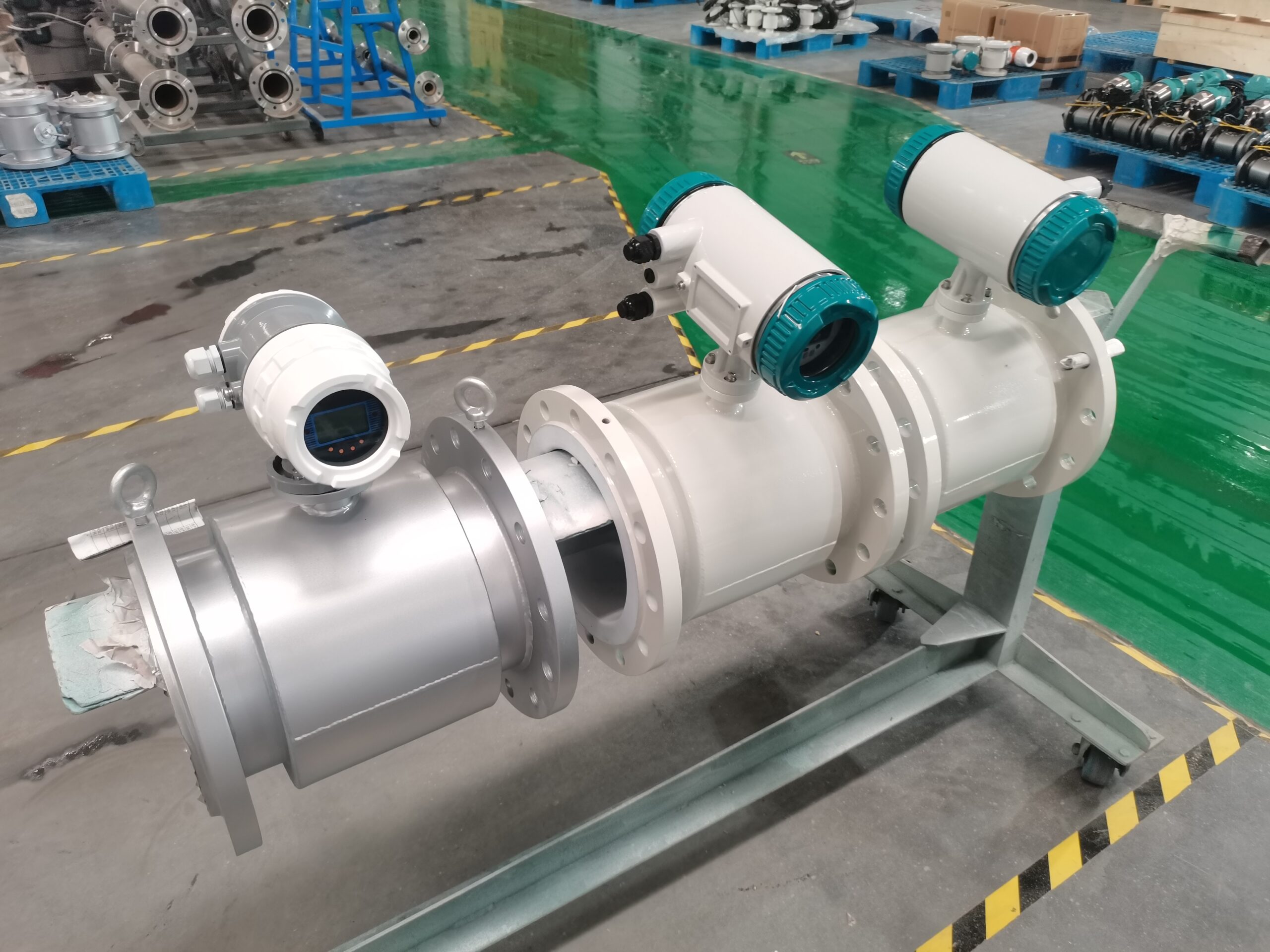

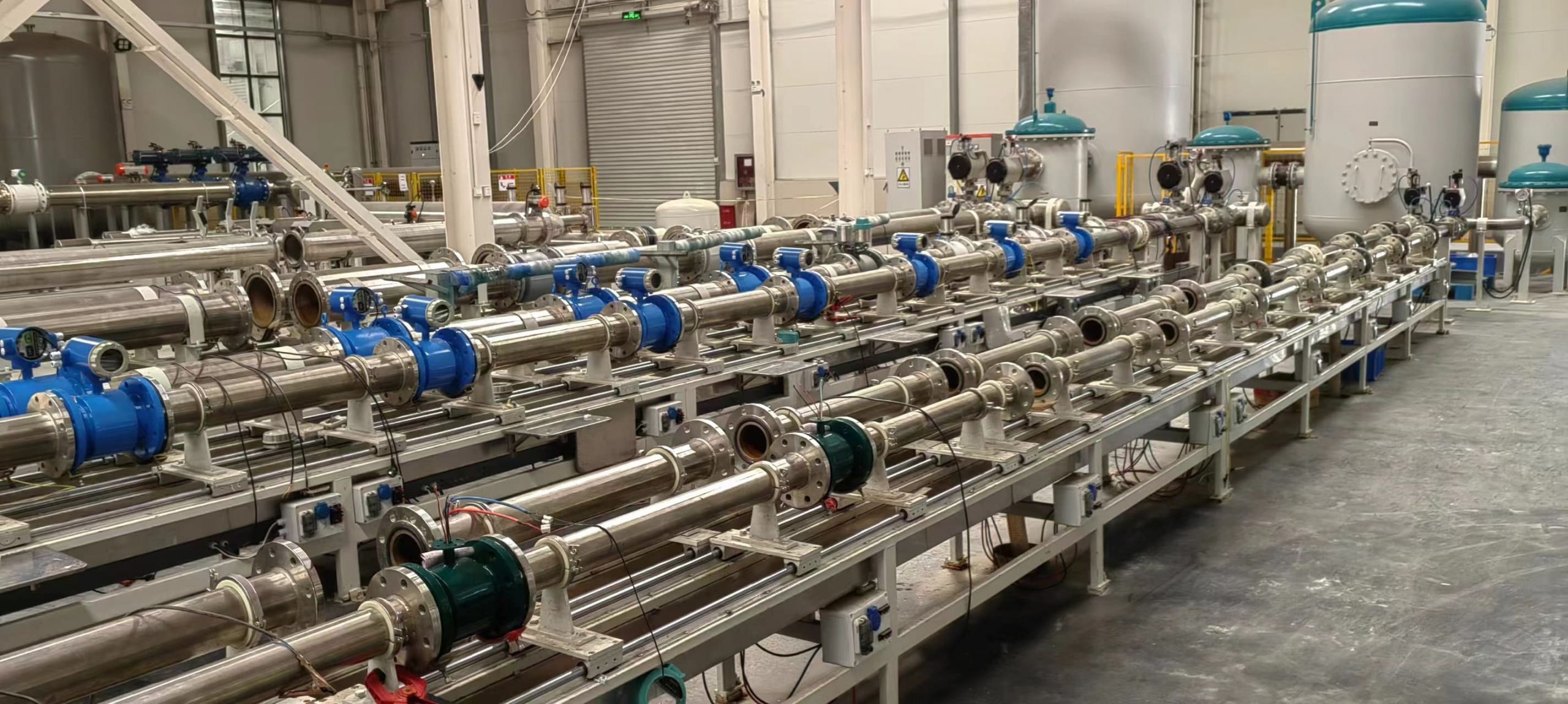
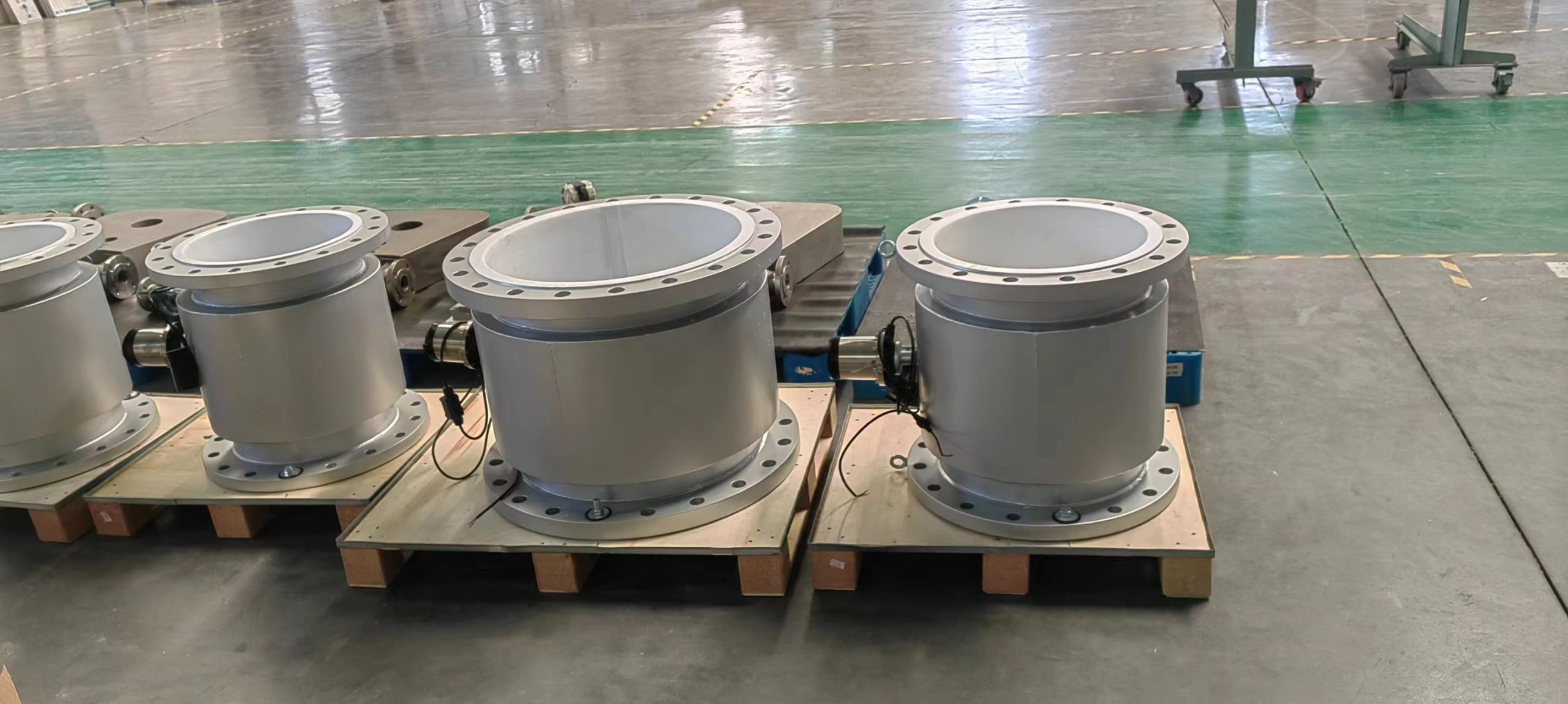
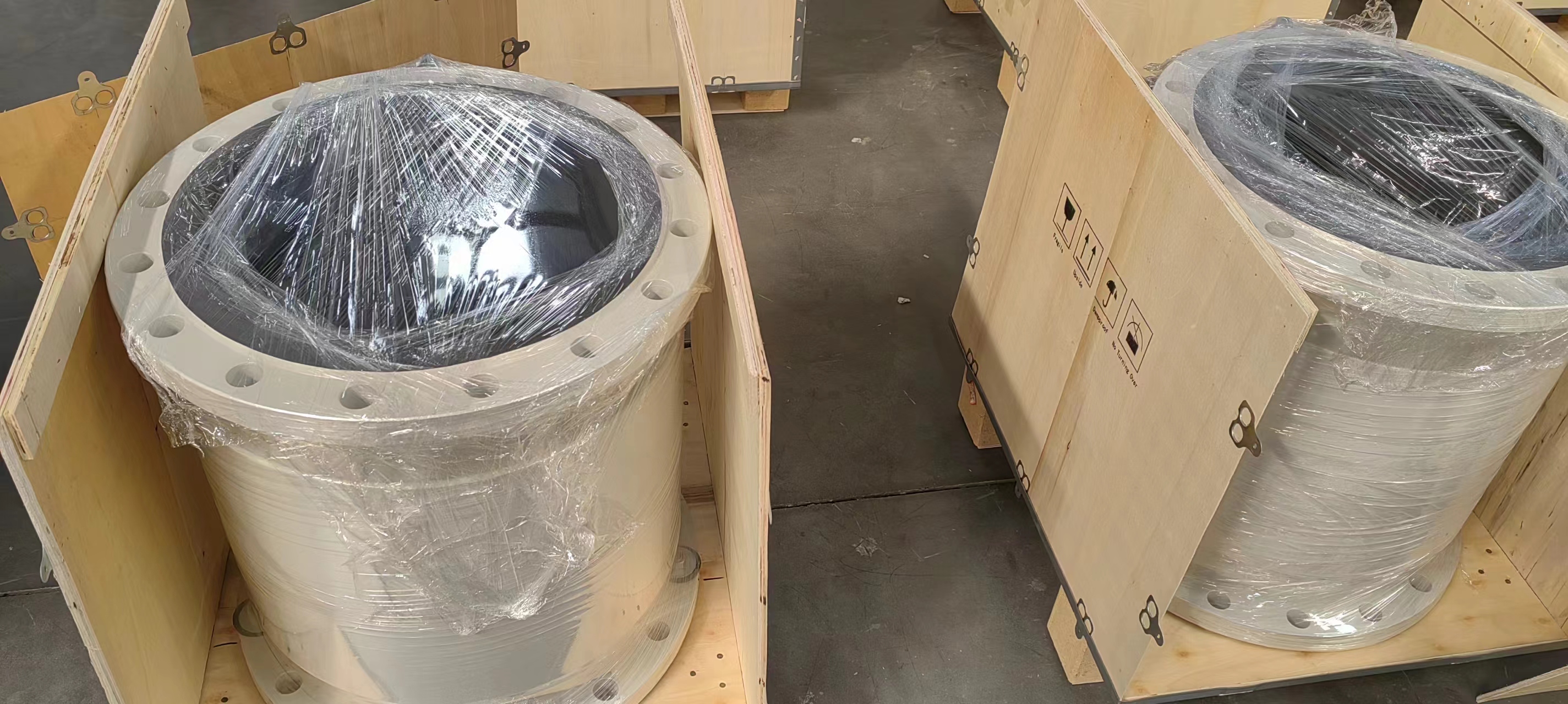
-.jpg)
